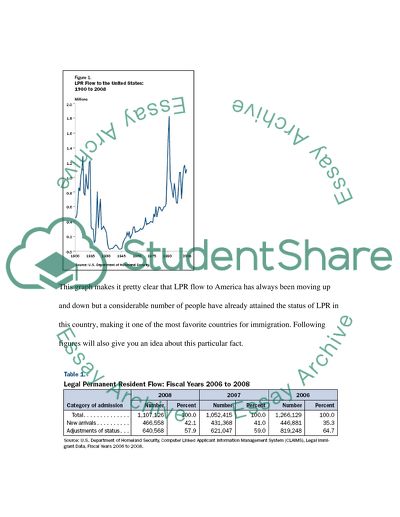Cite this document
(“The Economic Effects of Immigration Essay Example | Topics and Well Written Essays - 2250 words”, n.d.)
Retrieved from https://studentshare.org/miscellaneous/1519968-the-economic-effects-of-immigration
Retrieved from https://studentshare.org/miscellaneous/1519968-the-economic-effects-of-immigration
(The Economic Effects of Immigration Essay Example | Topics and Well Written Essays - 2250 Words)
https://studentshare.org/miscellaneous/1519968-the-economic-effects-of-immigration.
https://studentshare.org/miscellaneous/1519968-the-economic-effects-of-immigration.
“The Economic Effects of Immigration Essay Example | Topics and Well Written Essays - 2250 Words”, n.d. https://studentshare.org/miscellaneous/1519968-the-economic-effects-of-immigration.


